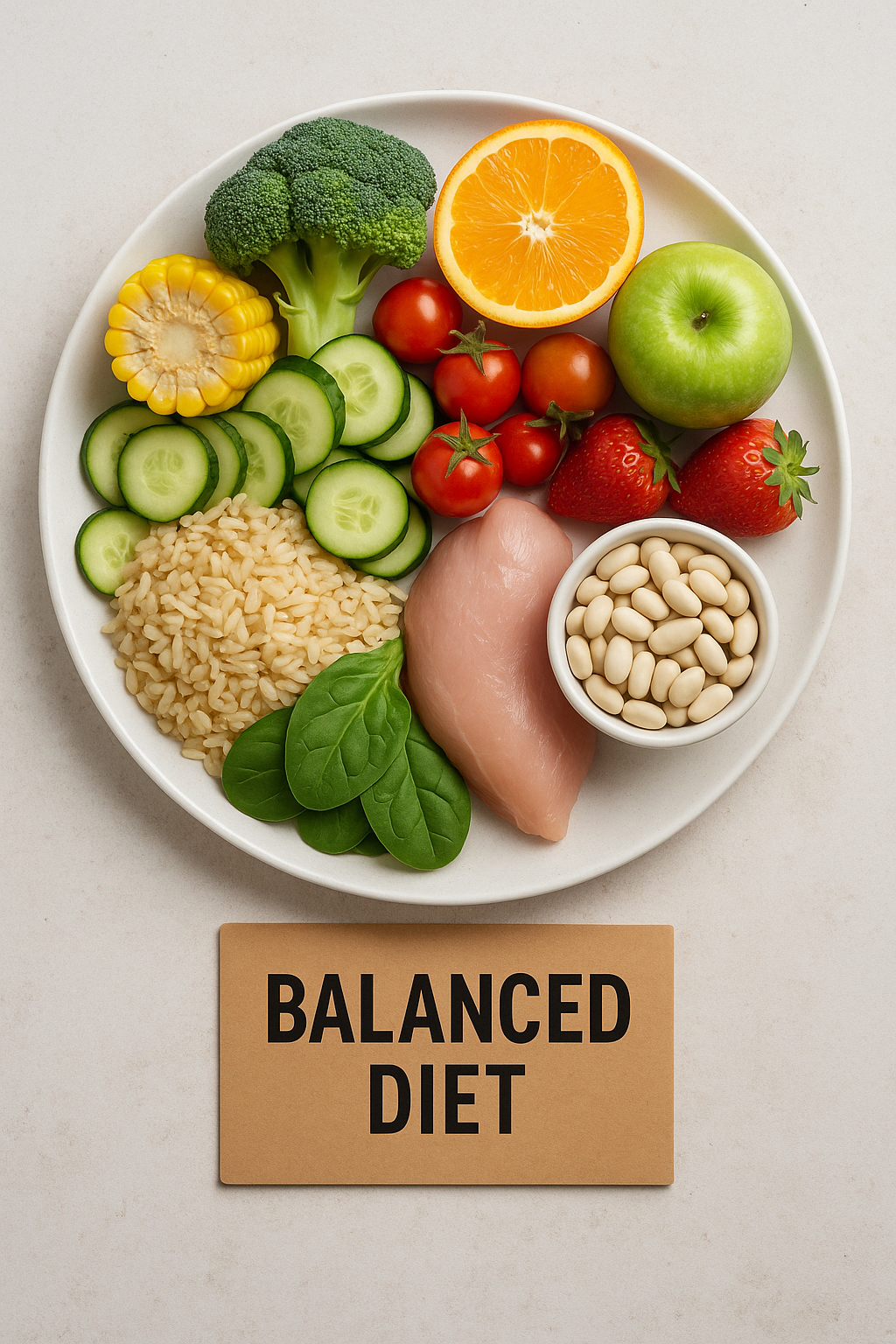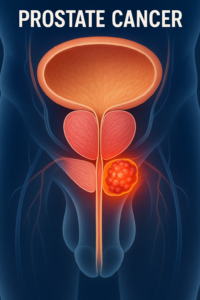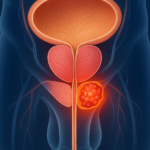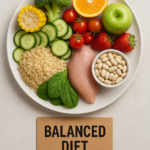In a world of fad diets and conflicting nutrition advice, one timeless truth remains: eating a balanced diet rich in vegetables, fruits, and lean proteins is key to feeling your best. This simple yet powerful approach nourishes your body, boosts energy, and supports long-term health. Let’s break down why these three pillars matter and how to make them a delicious part of your daily life.
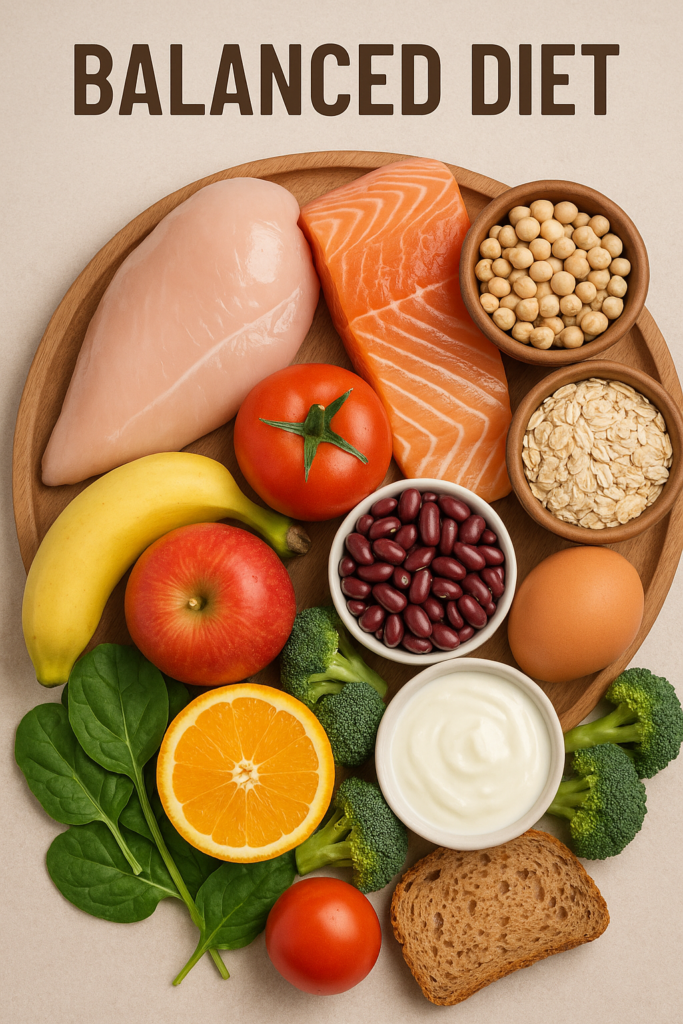
Why a Balanced Diet Matters
A balanced diet isn’t about strict rules or deprivation—it’s about giving your body the nutrients it needs to thrive. Vegetables, fruits, and lean proteins work together to:
- Boost immunity with vitamins, minerals, and antioxidants.
- Support muscle repair and growth through high-quality protein.
- Improve digestion with fiber-rich foods.
- Sustain energy levels by balancing blood sugar.
By prioritizing these foods, you’re investing in your overall well-being, from sharper mental clarity to a stronger heart.
Vegetables: The Ultimate Nutrient Powerhouse
Vegetables are packed with fiber, vitamins (like A, C, and K), and minerals (such as potassium and iron). They’re also low in calories, making them perfect for weight management.
- Go colorful: Aim for a rainbow of veggies—spinach, carrots, bell peppers, and purple cabbage—to get a variety of nutrients.
- Easy swaps: Add veggies to omelets, blend them into smoothies, or swap pasta for zucchini noodles.
- Roast or raw: Experiment with roasting Brussels sprouts or enjoying crunchy snap peas as a snack.
Fruits: Nature’s Sweet (and Nutritious) Treat
Fruits provide natural sugars for quick energy, along with fiber to slow digestion and antioxidants to fight inflammation.
- Mix it up: Berries (rich in antioxidants), citrus fruits (high in vitamin C), and apples (fiber-packed) are great staples.
- Smart snacking: Pair fruits with nuts or yogurt for balanced snacks.
- Frozen is fine: Keep frozen mango or blueberries on hand for smoothies or oatmeal toppings.
Lean Proteins: Building Blocks for a Stronger You
Lean proteins repair tissues, keep you full, and support metabolism. Options include:
- Animal-based: Skinless poultry, fish (like salmon or cod), eggs, and Greek yogurt.
- Plant-based: Tofu, tempeh, lentils, chickpeas, and quinoa.
- Pro tip: Grill, bake, or stir-fry proteins with herbs and spices instead of heavy sauces to keep meals light and flavorful.
5 Simple Tips to Embrace This Lifestyle
- Start small: Add one serving of veggies to every meal.
- Prep ahead: Chop veggies or marinate proteins on weekends for easy weekday meals.
- Prioritize variety: Rotate seasonal produce and protein sources to avoid boredom.
- Balance your plate: Aim for 50% veggies, 25% lean protein, and 25% whole grains or starchy veggies.
- Indulge mindfully: It’s okay to enjoy treats—balance them with nutrient-dense meals.

